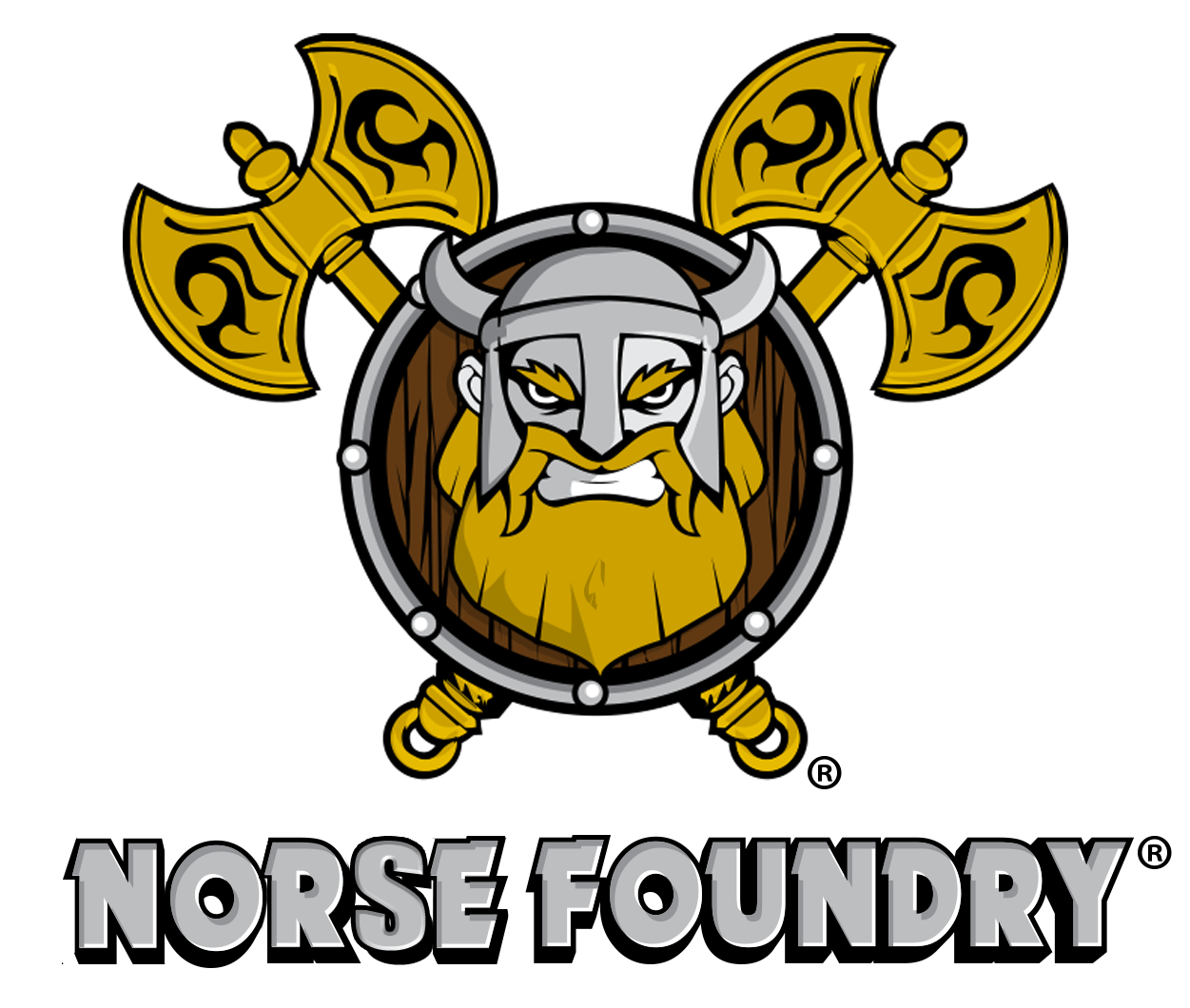Take 20% OFF your order! Use code newyearnewdice — ends Jan 11.
0
Day
00
Hour
00
Min
00
Sec
Please allow 1 extra business day for shipping while we complete our yearly inventory. Thank you for your patience!






























